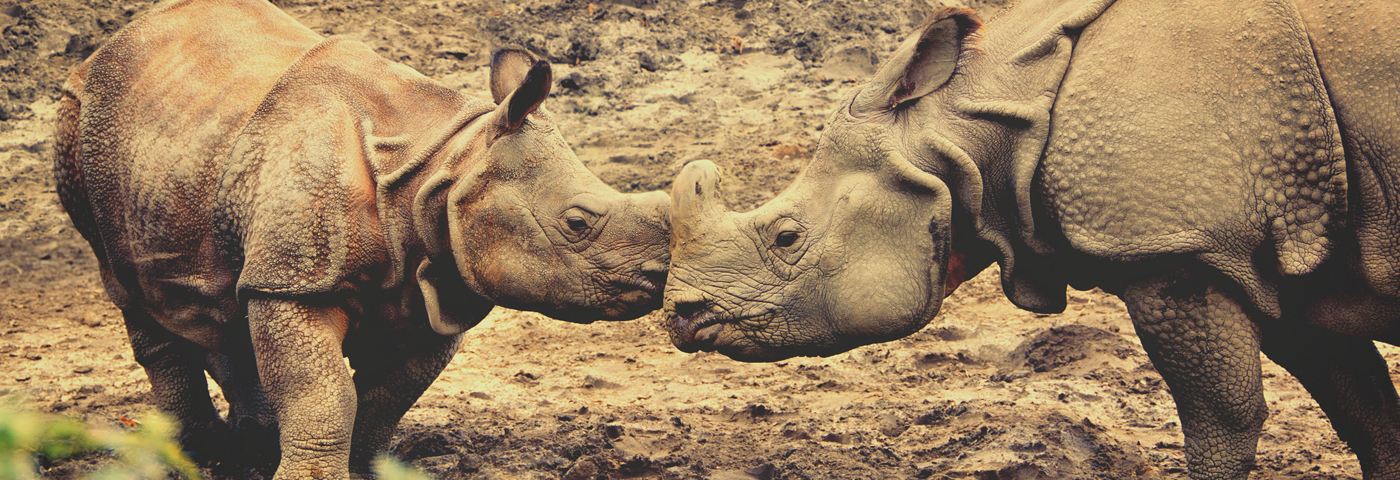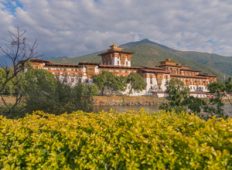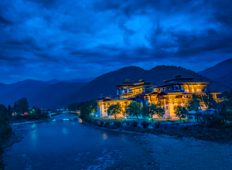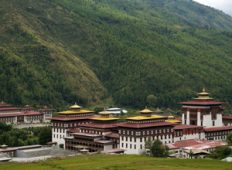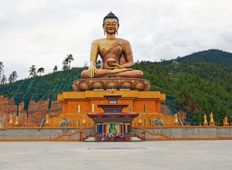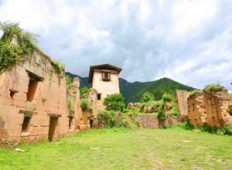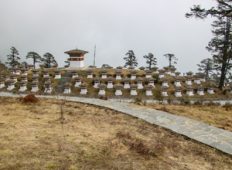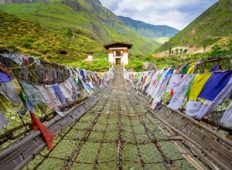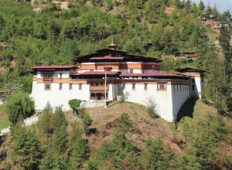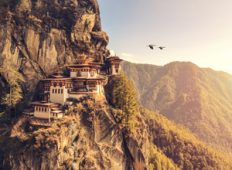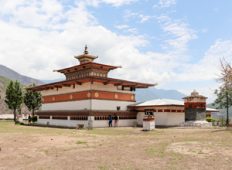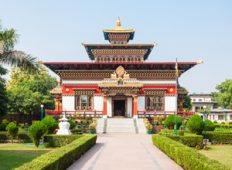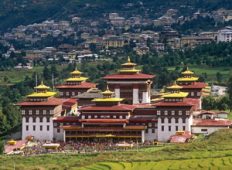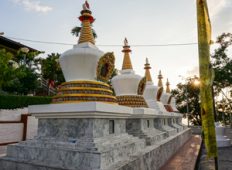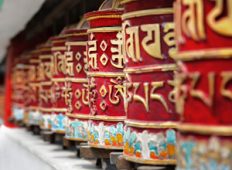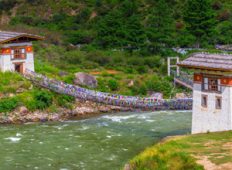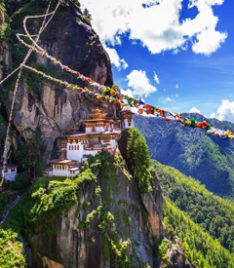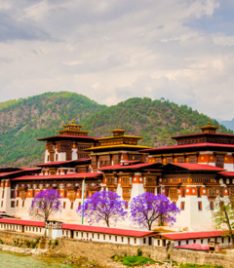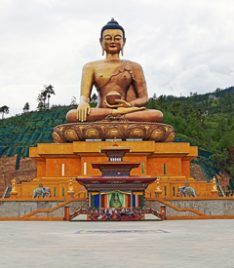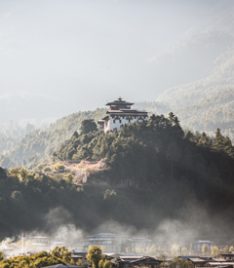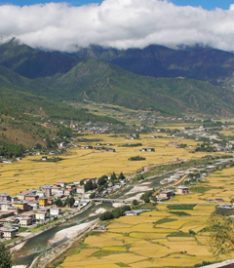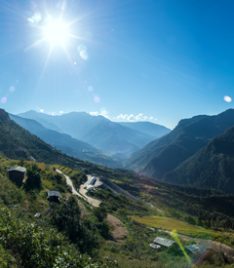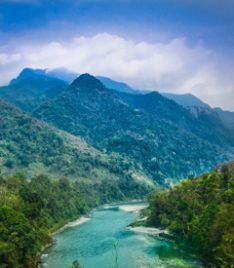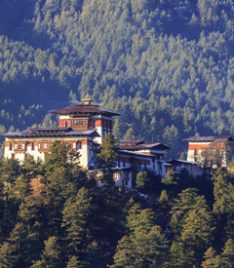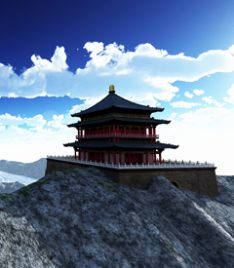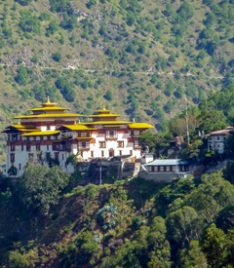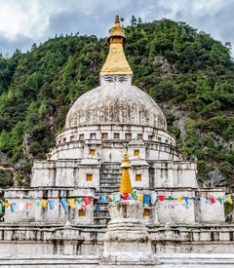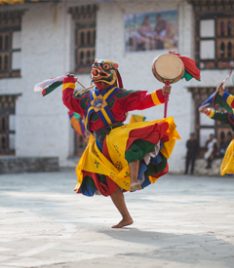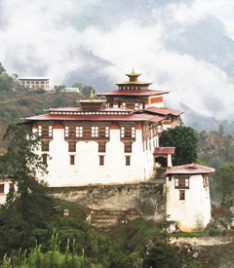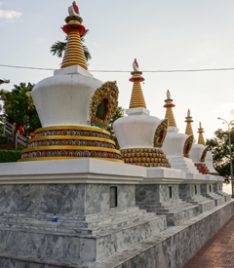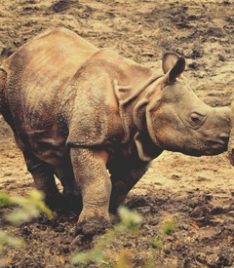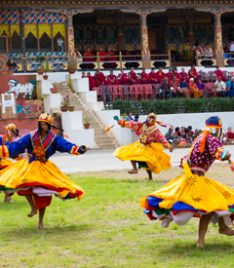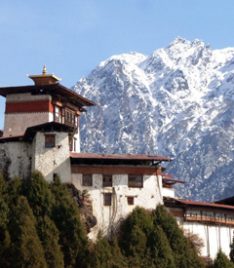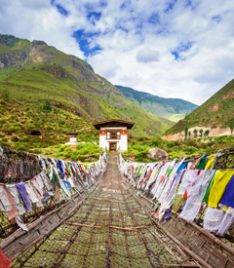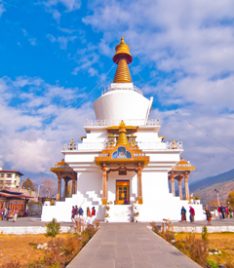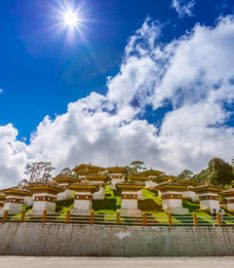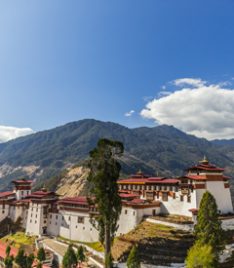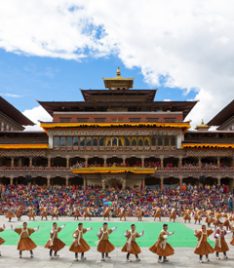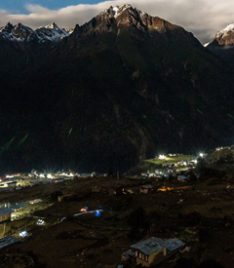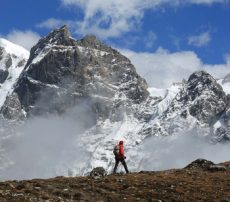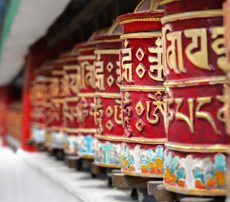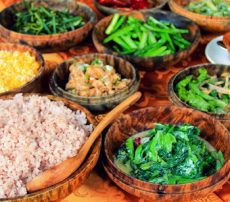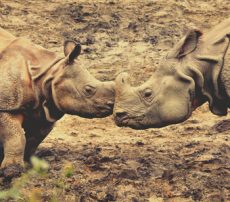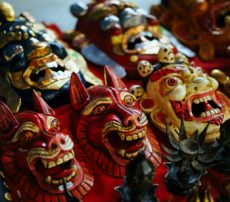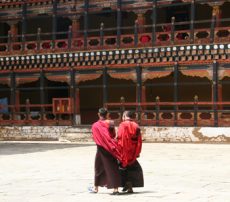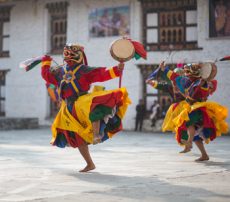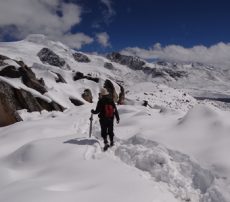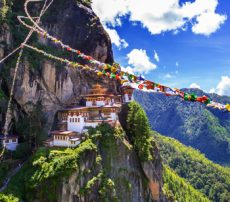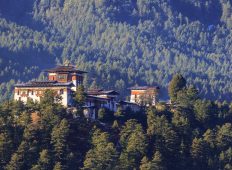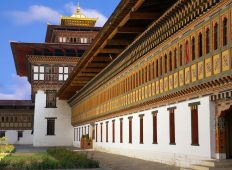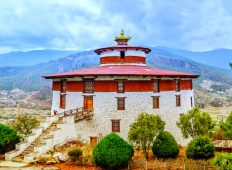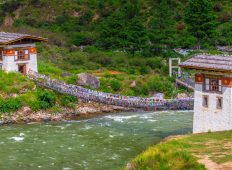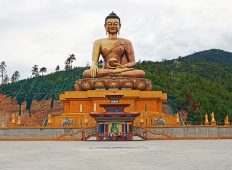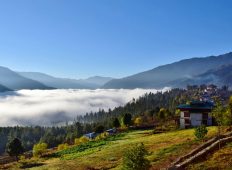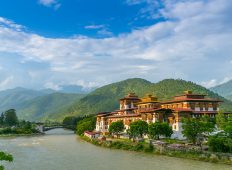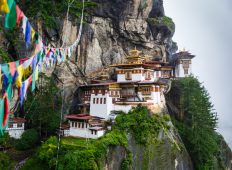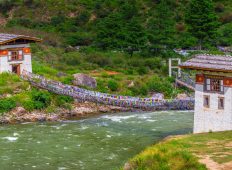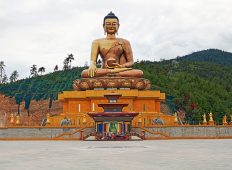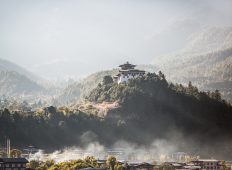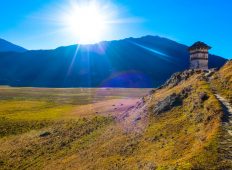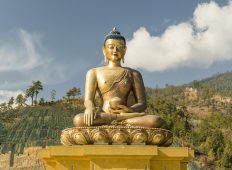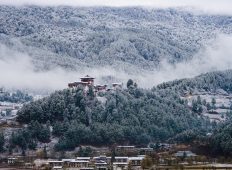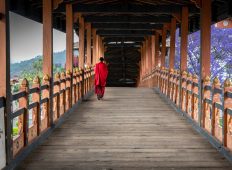WILDLIFE IN BHUTAN
Bhutan is relatively a small landlocked nation. However, it is rugged with an immense variety of landscapes ranging from low tropical forestlands of the south to the vast Himalayan peaks of the north. It boasts a significant number of natural reserves, national parks and sanctuaries that preserve the indigenous wildlife.
The Best Wildlife Sanctuaries in Bhutan
Sakteng Wildlife Sanctuary
Spanning over an area of 650 sq. km, the Sakteng Wildlife Sanctuary displays the Himalayan ecosystem in all its glory. It is the home nomadic tribes and many unique species such as the snow leopards, Himalayan red fox, barking deer, Himalayan black bear, Himalayan squirrels, red pandas and the mythical Yeti. The sanctuary is widely untouched by urbanisation and it is the place for everyone who is looking for the perfect getaway from the concrete jungles.
Best time to visit: March to August
How to reach: It is set at a distance of 340 km from Thimphu. It can be easily accessed via Sakteng village in eastern Bhutan
Timings: 9:00 AM to 5:00 PM
Entry Fees: INR 150 per person approximately
Other things to do: Collect Cordyceps leaves that have high medicinal value, spend a night at the Merak Guesthouse
Bumdeling Wildlife Sanctuary
Housing a rich assortment of a number of species of flora and fauna, the Bumdeling Wildlife Sanctuary holds immense cultural and historical importance. It is a must-visit place when you travel to Bhutan. That is because it shares international borders with China and India. The most predominant feature of this reserve is the flutter of butterflies as more than 200 species have been identified. It also encompasses gorgeous alpine lakes and meadows.
Best time to visit: March to October
How to reach: It is set at a distance of 140 km from Tashigang. Fly into Paro and hop on a bus or hire car to Tashigang.
Timings: 10:00 AM – 5:00 PM
Entry Fees: INR 50 per person approximately
Other things to do: Visit the nearby Rigsum Gompa, trek through Singye Dzong
Jomotsangkha Wildlife Sanctuary
Even though it is the smallest protected region in Bhutan, the aura of this wildlife nature preserve refreshes one’s soul. It boasts evergreen subtropical forests and is like a green blanket that keeps the air pollution-free. It is home to gaur, tigers, Asian elephants and hispid hares that only a few lucky ones can spot in their lifetime. The temperatures here are also pleasant almost throughout the year that causes the fauna to thrive and aids to tourism.
Best time to visit: March to May and September to November
How to reach: You will have to reach Samdrup Jonghar via the nearest township of Gelephu, which is 218 km away.
Timings: 6:00 AM – 6:00 PM
Entry Fees: No Entry Fee
Other things to do: Visit the Samdrup Jongkhar Dzong, shop from Mella Bazaar
Phipsoo Wildlife Sanctuary
Phibsoo is located in the foothills of south-central Bhutan. It is the only wildlife sanctuary in Bhutan that houses natural sal forests. It is also the habitat of Chital deer, hornbills, axis deer and the golden langurs. It holds an important position biogeographically and has all the basic conservation infrastructure in place.
Best time to visit: March to June and September to November
How to reach: This can be accessed from Saprang. You can choose to cab it from Paro airport and drive 54 kms to Saprang.
Timings: 8:00 AM – 7:00 PM
Entry Fees: No Entry Fee
Other things to do: Camping and birdwatching
Royal Manas National Park
The Royal Manas National Park is the largest example of sub-tropical and tropical ecosystems in Bhutan. There are wide climate variations owing to the fact that it is spread over an area of 1,057 square km. Extremely rich in wildlife species, one can easily spot the highly endangered Royal Bengal tiger here along with greater one-horned rhinoceros, Gangetic dolphin and clouded leopard.
Best time to visit: August to November and April to May
How to reach: Travel to the South Bhutanese town of Gelephu via the state and private buses.
Timings: 5:30 AM – 6:30 PM
Entry Fees: INR 1000 per person approximately
Other things to do: Explore a number of hiking trails, elephant back ride, share a meal with indigenous Khengpa people.
The Jigme Dorji National Park
A treasure trove of distinct animals and plants, the Jigme Dorji National Park is home to exquisite Himalayan animals like serow, sambar deer, Indian leopard, barking deer, marmot, pika, goral, etc. It is the second largest national park in the country. That results in varied topographical sectors due to change in elevation after every few meters.
Best time to visit: February to May and August to November
How to reach: A four-hour drive from Thimpu is the most accessible route to make it to the park
Timings: 9:00 AM to 5:00 PM
Entry Fees: INR 150 per person approximately
Other things to do: Trek to the summits of Mt. Jomolhari and Jitchu Drake, visit the Lingzhi Yügyal Dzong and Gasa Dzong, enjoy a wildlife safari, see the glaciers and glacial lakes of Laya and Lunana Gewogs
Jigme Singye Wangchuck National Park
The Jigme Singye Wangchuck National Park sets the perfect example of serenity. Being country’s largest national park, the variety of flora and fauna is distinct and more as compared to other reserves. Also, it is unique since it comprises of both- warm forests and also permanent glaciers. It is also a very popular birdwatching spot in Bhutan. Here you can spot the Red Panda, Black Bear, Snow Leopard, Blue Sheep and Takin.
Best time to visit: March to May and September to November
How to reach: Located in central Bhutan, it can be reached easily from either Wangdue or Trongsa
Timings: Open 24 hours
Entry Fees: INR 300 per person approximately
Other things to do: Visit the The Temple of Oath, enrol for the Nabji-Korphu trekking trail, spend time with locals in Adha and Rukha villages
Phrumsengla National Park
Famous for housing more than 620 plant species and 340 species of birds, the Phrumsengla National Park is a must-visit place in Bhutan. The park is encased by majestic and lofty mountains along with a number of reasons that add to the growing popularity of this park. For all the adventure junkies, this park has various trekking trails to suit beginners as well as advanced level trekkers. The lush green stretches of forests are almost unending that unfold into a haven of snow in winters.
Best time to visit: April to June and October and November
How to reach: Phrumsengla National Park is easy to reach through the East-West highway. Take the bus directly to Ura or Chamkhar. There are also direct taxis available from the airport.
Timings: 7:00 AM to 11:00 PM
Entry Fees: INR 300 per person approximately
Other things to do: Explore the Phrumsengla Pass and the Bribdungla, bathe under the wild waterfalls, opt for either the Rodungla Trek, Ura-Shingkahr Trek, Bribdungla Trek or the trail from Omdurpang to Zhongar.
Bhutan’s geographical miscellany combined with equally distinct climate conditions further aids to Bhutan’s outstanding range of ecosystems and biodiversity. So plan a visit to this amazing kingdom replete with a rich and diverse environment.
Get Instant Call Back
Why Choose us ?
What makes us diffrent from other tour package companies


